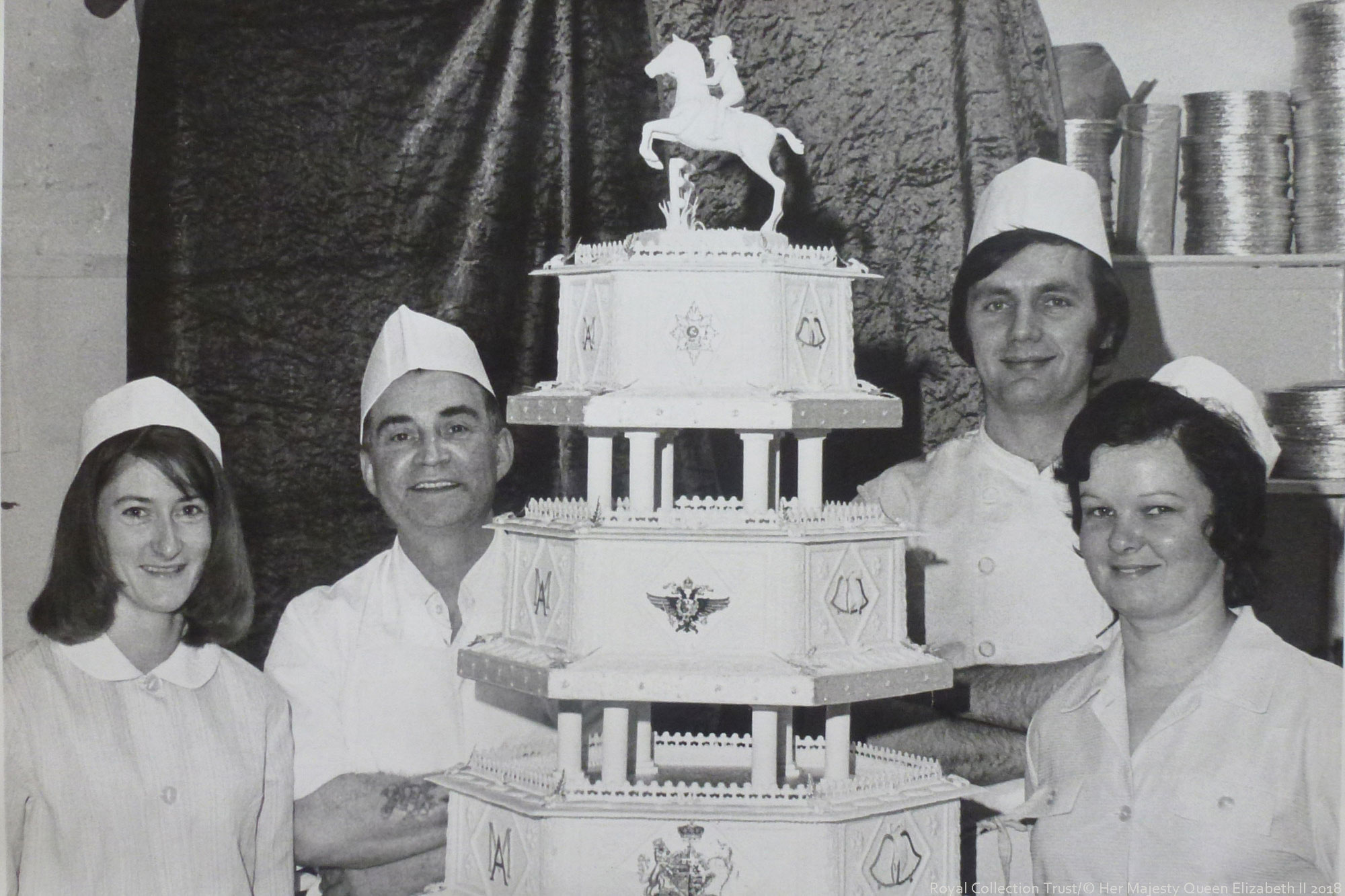It is tough to pinpoint the exact date when baking and cake making started. The history of wedding cakes dates back to ancient Rome. Traditionally, small and simple cakes were made from food and were offered to appease the gods. The earliest practice involving wedding cakes, known as “crowning the bride”, involved crumbling over the newly-wed with cake so that the gods would confer her with bliss. This practice was spread to Britain in 54 BC by Julius Caesar and was quickly assimilated into the British culture. Initially, this practice was reserved for the affluent families in Britain, the common folk would scatter grains of corn or wheat on the bride, in the belief that it would bring her fertility.
During Queen Elizabeth I’s reign, decorated cakes made an entry into British culture, though not as wedding cakes. Most of the cakes were embellished using almond paste. During this era, food started to become more fancy and exotic as new culinary skills were spread from all over the British empire. Sweetmeats would be served in plates made from a type of pastillage. Extravagant centerpieces would be displayed during feasts to wow and entertain high-ranking visitors. At the time, wedding cakes were made as small separate cakes, and looked more like a bun coated with almond paste. The cake would be pressed through the bride’s wedding ring, crumbled over her head, and some given to the poor people outside the feast.
The remaining cake would be stacked up and presented to the bride and groom so that they may kiss it. The belief behind this practice was that by kissing the cake, the bride and groom would have a blissful and prosperous life and bear many children. Upon Prince Charles’ return from exile, the sticky almond paste coated buns were replaced with a single large cake. During his time in France, Prince Charles II had met skillful French pastry chefs and had developed a love of French Culinary. When he came back to England to reclaim the throne, his favorite chefs accompanied him. Upon setting their eyes on the unattractive and not-very-appetizing stacks of almond paste coated buns, proposed the cakes be iced with sugar crusts and embellished with trinkets.
After the proposal to embellish the cake using trinkets was accepted, it quickly became popular, and a new trend began among the best chefs in Europe to make cakes with more fabulous decorations. The competition was stiff, with every chef striving to create a cake that’s King-worthy. After the practice of icing wedding cakes with sugar was introduced, the custom of crumbling the cake on the bride’s head became easier. The sugar would crumble and be showered over the newly-wed, leaving the remaining cake to be eaten.
Shortly after, the bride’s family started to make two cakes for a feast: one would be used for crowning the bride and the other well-decorated one for those who had developed a taste for sugar iced cakes. These came to be called the bride’s and groom’s cake. The practice of crowning the bride went on up to the period just before the beginning of Queen Victoria’s reign. During this time, the bride’s cake started to be served as a dessert during the wedding while the groom’s cake would be split into pieces for visitors to take home.
